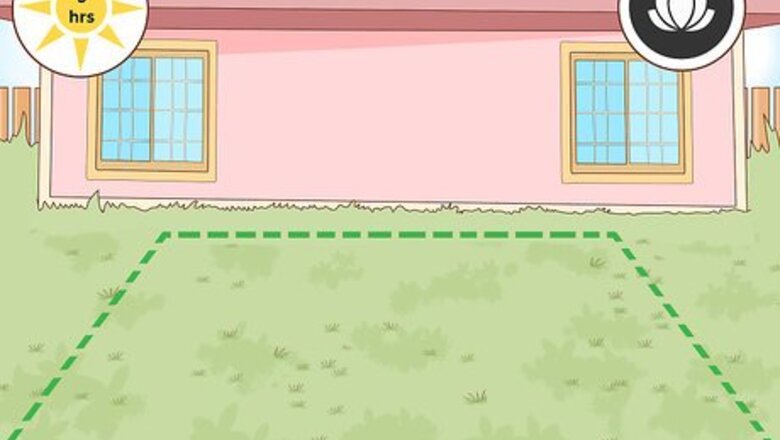
views
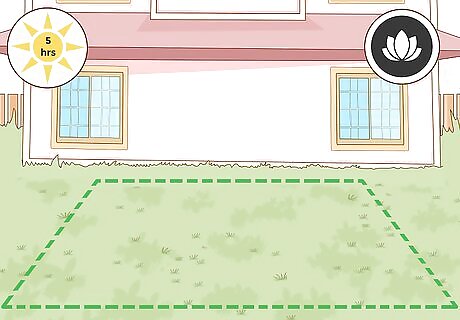
Pick out the placement of your backyard pond. Sun or shade? If you are going to have water lilies they take at least 5 hours of sun a day. The downside of placing your pond in direct sunlight it may be uncomfortable for you if you want to sit by your pond and enjoy the fish. Also, algae will flourish in direct sunlight (water lilies and a UV clarifier will help prevent this). Avoid placing the pond in areas where water runs off after a heavy rain. Runoff can get between the pond wall and the liner and cause your liner to float up. This is especially true with liners that were not properly installed in the first place. The liner must be anchored down around entire pond edge when first installed, or you will need to remove all the water, plants, gravel, and rocks in the pond to repair it. You also run the risk of runoff that contains traces of your neighbors weed killer getting into the pond and killing your fish. You will need to drain water out of the pond safely and efficiently away from other structures. Many things can cause the pond to overfill, including heavy rainfall, improper pumping, or a hose running too long. Furthermore, you will need to make sure it can drain properly for cleaning and winterization.
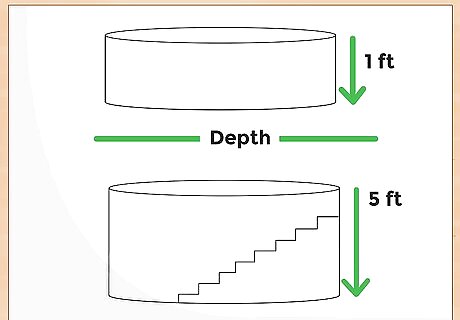
How deep should it be? If you are going to keep fish in your backyard pond it must be at least 4 feet (1.2 m) deep. Waterlilies do their best in 3 to 5 feet (0.9 to 1.5 m) of water. The deepest end of the pond is where you place the bottom drain and that should be located furthest away from the water return. Any pond more than 1 foot (0.30 m) deep should have steps all the way around so that small animals, children and adults can easily get out if they fall in. It only takes six inches of water to drown an adult.

How big should it be? As big as you have space, money, and time for. The bigger the better. The more water it will hold the more plants and fish it will support which means less effort on your part in keeping it looking good. You will need to maintain your pond so that it does not become overgrown. Plants and fish multiply quickly. Overgrown ponds are not easily maintained, and they will become unsightly within a few years.

Formal or informal pond? Formal ponds are usually squares, rectangles, and exact circles. An informal pond is more like a natural pond where it follows the ground's natural lines and has no definite shape. Any shape you choose should allow for good water circulation. The best water flow is from rounded edges, not corners. The bottom drain should be as far away from the water return as possible to insure maximum circulation.

Time to dig. Begin by marking the area where the pond will go. Find out where all your utilities lines are buried before you begin digging. It is important to have the sides of the hole level all the way around or it will be noticeably uneven once the pond is finished. The edge of the pond should have a slight rise to keep out rain run-off. Before you begin any digging project in the US, you are legally required to call Digline at 811. They will tell you if there are any utility lines, cables, pipes, or other obstacles at your site. This service is completely free. If you have rocky soil, this is going to be pretty hard to do on your own. If you have a soft, sandy loam, this is something you can reasonably do yourself.

Do I need a pump? You need a pump to recirculate all the water in the pond at least twice an hour. This will maintain optimal hygiene and oxygenation. Here is a guide for the size you will need. 1 1/2” for ponds up to 1,500 gallons (5,678.1 L) then graduate to 2” for ponds over 1,500 gallons (5,678.1 L). 3” and 4” must be considered for ponds over 2,500 gallons (9,463.5 L). Whenever possible use PVC. It is cheaper than flex hose and easy to install. Remember, this needs to be bought and installed before putting down your liner. You will need to hire a professional State Licensed electrical contractor to install safe electrical connections for the pump. These will need proper maintenance as well. An improperly installed, wired and/or grounded pump can kill anything that touches the water.
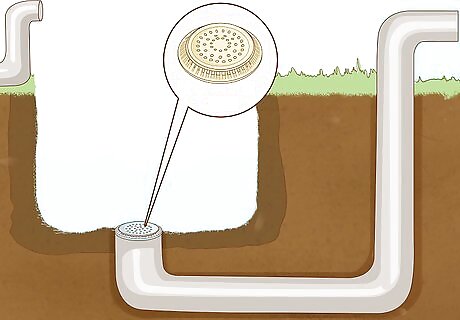
Install the Bottom Drain. If you are planning to put fish in your backyard pond your bottom drain MUST have an anti-vortex cover, if not the fish will be sucked into the grating. The drain must fit well. It should be permanently sealed through the pond liner and underlayment to guarantee that there are no leaks. If this fails, the entire pond will fail.

What kind of liner do I need? You simply cannot build a good pond without a good liner ad an heavy underlayment to protect the liner. This is the skin of the pond and one of the most important components of your backyard pond. The object is for the liner to last 20 years. The best liner you can get to last is the 45 mil EPDM liner material. To get the correct measurement for your liner-- Drop a piece of string 18” from the edge of the pond where the water will crest. Drop the string along the hole at the widest part, allowing it to follow the curves of the hole then mark the string 18” from the opposite edge. Now measure your string. Do this also for the length of your pond. Use underlayment under your pond liner. Every pond liner will settle and sink down into the pond as it is filled with gravel, rocks, plants, silt, and other materials. It is important to purchase at least 1 foot (0.30 m) extra if not 18–24 inches (46–61 cm) in overall length and width for the liner. If the liner pulls under the water's edge, this pond will need to be drained and the liner, reinstalled.

Install Eduction Jets and a Skimmer. The eduction jets create underwater currents and push the water to avoid areas of stagnation. The skimmer is a fish safe bucket that allows the system to automatically rake fallen leaves and debris off the surface of the water. Check the filter and filtration system at least two to three times a week, or damage to pumping\filter system can quickly occur. This will help keep it clean at all times.

Install your bead filter and UV water clarifier. The bead filter traps sand and debris while housing the good bacteria which is so important for the health of your pond and fish. The UV Clarifier is to get rid of the algae blooms and it enables you to have clear water. Another way to reduce algae and keep the water clean is to use gravel and rocks in the pond.

The last step for your backyard fish pond is the water return. You have many options for your water return. You can have a gentle stream or an overflowing waterfall. The choice is yours. If there is an electrical outage, the pond level will have to hold the extra water running through the waterfall, stream, or filtration system. This will raise the level of the water considerably.











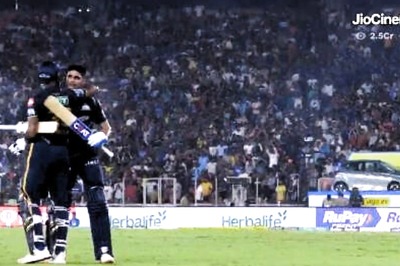



Comments
0 comment